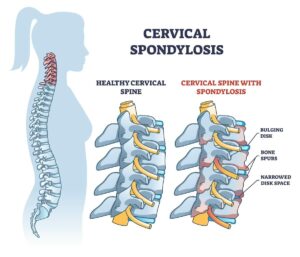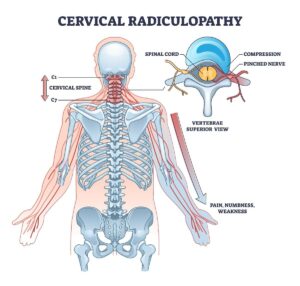Free download: Top 10 Natural & Easy Remedies for Joint Pain from Home. Learn these helpful remedies.
Estimated Reading Time: 6 minutes read
Have you ever felt a sharp pain in your neck after a particularly stressful day? If so, you’re not alone. Stress, a prevalent and often unavoidable part of our daily lives, can directly impact our physical health, especially the neck and shoulders. When under stress, our bodies react by tensing up, leading to muscle tension in various parts, particularly the neck.
This heightened muscle tension can cause or worsen neck pain. Moreover, stress can affect the muscular, hormonal, and neurological systems, further intensifying pain. Not just that, it can make us more sensitive to pain sensations, meaning a minor twinge might feel more painful than it truly is.
Table of Contents
Effects of Stress on the Body
Stress doesn’t only manifest as neck pain. It has various effects on our bodies. Beyond the muscular tension, stress can cause mood swings, headaches, and even weight fluctuations.
Over time, repetitive episodes of stress can pave the way for musculoskeletal issues in the neck and back. So, your neck pain isn’t just from physical stress; it’s also tied to how you feel emotionally and mentally.
Management of Stress and Neck Pain
Addressing neck pain caused by stress goes beyond merely treating the physical symptoms. While exercises and physical therapies can help alleviate pain, it’s crucial to tackle the root cause: the stress itself.
Managing stress might involve a combination of self-care tips, medications, therapy, and lifestyle changes. It’s not just about getting rid of the pain but ensuring that the pain doesn’t become chronic. After all, chronic pain can be a persistent reminder of unresolved stress or anxiety.
Exercises to Alleviate Neck Pain from Stress
Exercises are a powerful tool in combating neck pain that arises from stress. Engaging in physical activity, especially targeted exercises, can help alleviate muscle tension.
When we’re stressed, our muscles, particularly around the neck and shoulders, tend to tighten up. Exercise can help loosen these tightened muscles, promoting relaxation and increasing blood flow to the affected area.
Moreover, exercising releases endorphins, which are natural painkillers and mood elevators. This not only reduces the perception of pain but also helps in tackling the root cause: stress.
Here are some targeted exercises specifically designed to help with stress-induced neck pain:
1. Lacrosse ball for soft tissue mobilization (upper back)
Soft tissue mobilization is like giving your muscles a good massage. It helps to release tension and ease muscle spasms. When muscles are tight, they pull our bones in the wrong direction. By loosening them up, we help our skeleton get back to its natural position.

Using a lacrosse ball to find and press on tight spots (trigger points) can help. These trigger points can lead to neck spasms and discomfort. By releasing them, we’re one step closer to better posture.
2. Levator Scapulae Stretch
- Begin by sitting upright in a chair.
- Depending on the side of pain, place that hand on the seat. For instance, if your right side aches, use the right hand.
- With your opposite hand, gently grasp the side of your head.
- Apply a gentle pressure to guide your gaze toward the opposite armpit.
- Hold for 30 seconds and repeat three times.

3. Chin Tucks


- You can perform a chin tuck laying on your back or sitting or standing.
- Gently tuck the chin directly back as if trying to make a double chin. Avoid nodding your head.
- Hold this position for 2 seconds, then slowly relax your muscles.
- Repeat 10 repetitions.
4. Scapular Retraction
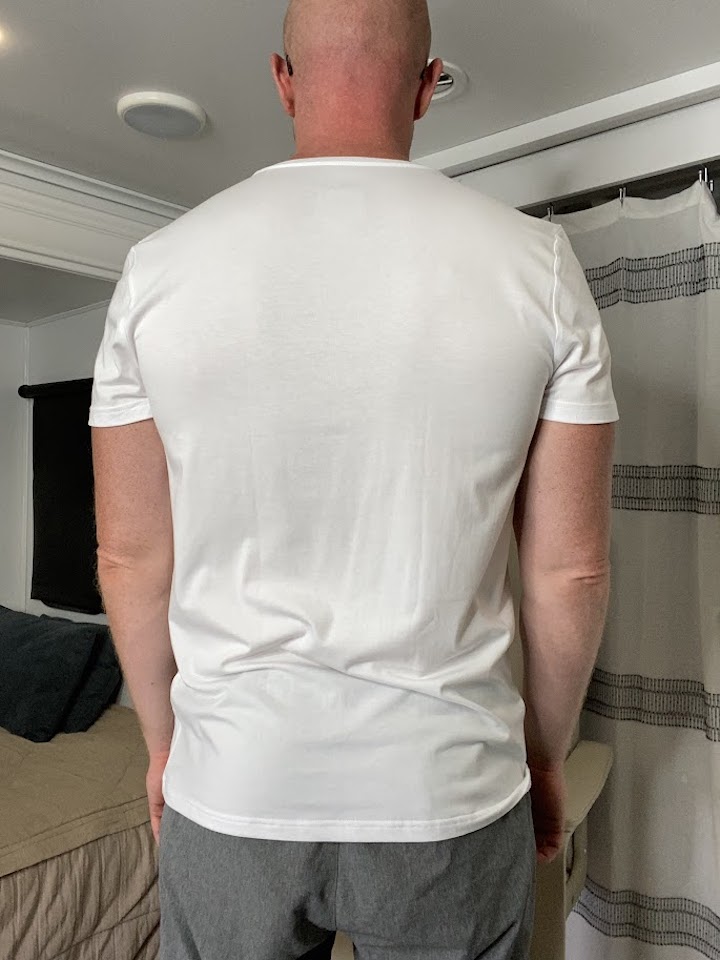

- In a sitting or standing position, try to sit as straight as possible. Aim to position the head in a neutral position as possible.
- Gently pull the shoulders back and squeeze the shoulder blades together.
- Hold for 5 seconds, then relax.
- Repeat 10 repetitions for 3 sets.
5. Rows with Resistance Band
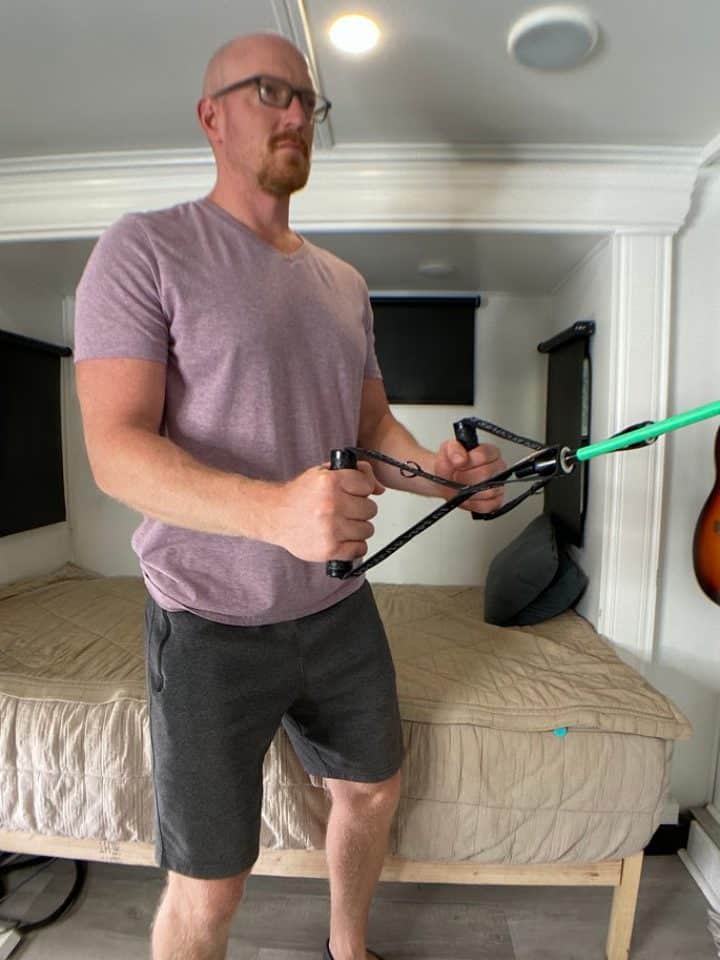
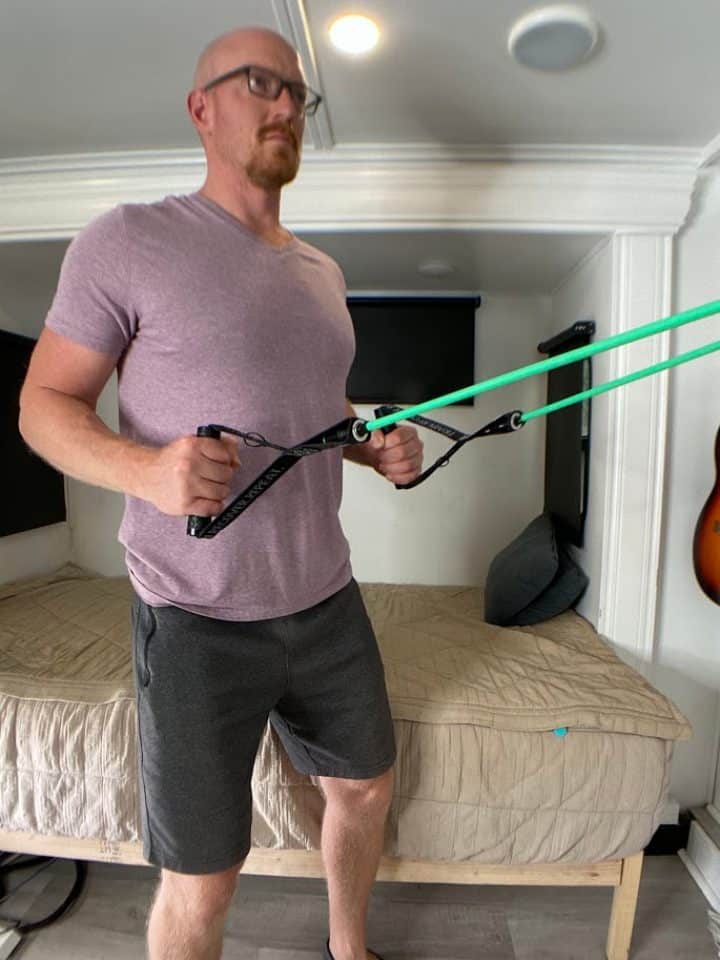
- Hold on to the ends of a resistance band (light, medium or heavy), which you can attach to a door knob.
- Begin with the arms elevated in front of you to shoulder height and the palms facing each other.
- Step back far enough that the resistance bend has a little tension.
- Pull back on the band by bending the elbows and swinging the arms back next to you. Make sure to squeeze the shoulder blades together.
- Hold for 2 seconds, then return to your starting position.
- Repeat 10 repetitions for 3 sets.
6. Horizontal Abduction


- Hold the band between the center and ends of the band.
- Position the arms stretched out in front of you at shoulder height, with the palms facing down towards the floor.
- While keeping the elbows straight, open the arms out to the side until they are side by side with the shoulders.
- Squeeze the shoulder blades together during this motion.
- Make sure you perform the exercise pain-free.
- Return to your starting position.
- Repeat 10-15x for 2-3 sets.
7. Pec Stretch

- Standing in front of your doorway, raise your arms up to shoulder height like a goalpost. The elbows will be bent with the palms facing forward.
- Keeping this position, rest the arms against your doorway.
- Slowly lean forward into a gentle stretch and hold for at least 30 seconds.
- Repeat this stretch for a total of 3 times.
Regularly integrating these exercises into your routine can make a significant difference in managing and reducing your neck pain. It’s essential to ensure the correct technique to maximize benefits and prevent any further issues. If pain persists, consulting with a healthcare professional or physical therapist is a good idea.
Home Remedies and Relieving Stress-Related Symptoms
Addressing stress-induced neck pain isn’t solely about exercises; several home remedies and techniques can help soothe and manage symptoms. Incorporating these remedies can provide holistic relief and address both physical discomfort and the root emotional causes of stress:
- Heat Packs: Applying warmth can relax tightened muscles, promoting comfort and relief.
- Massage: A gentle massage can stimulate blood flow and ease muscle knots, especially in the neck and shoulder area.
- Meditation: Regular meditation can lower stress levels, helping in preventing tension build-up in the first place.
- Breathing Exercises: Deep breathing techniques can provide instant relaxation and act as a quick remedy during stressful moments.
- Adequate Sleep: Ensuring 7-9 hours of quality sleep helps muscle recovery and keeps stress hormones in check.
- Therapy: Engaging in therapy can address underlying stress triggers, providing tools and strategies to cope better.
Conclusion
While neck pain caused by stress is common, it’s essential to understand its roots and find comprehensive ways to manage it. By focusing on both the physical symptoms and the underlying stress, we can ensure a more holistic approach to health and well-being. Whether it’s through targeted exercises, home remedies, or seeking professional help, the goal is to live a pain-free and stress-managed life.










